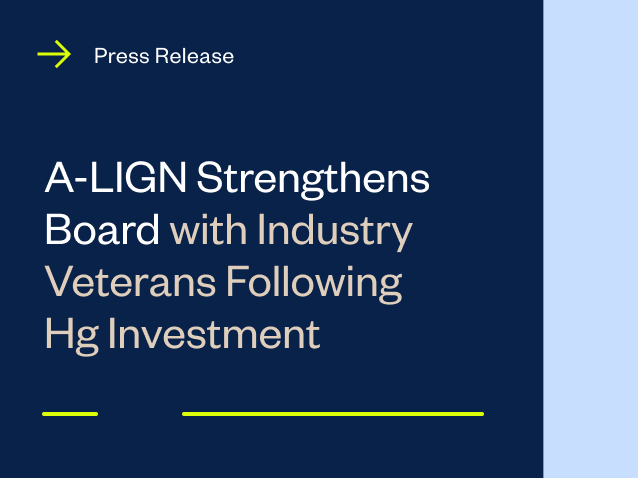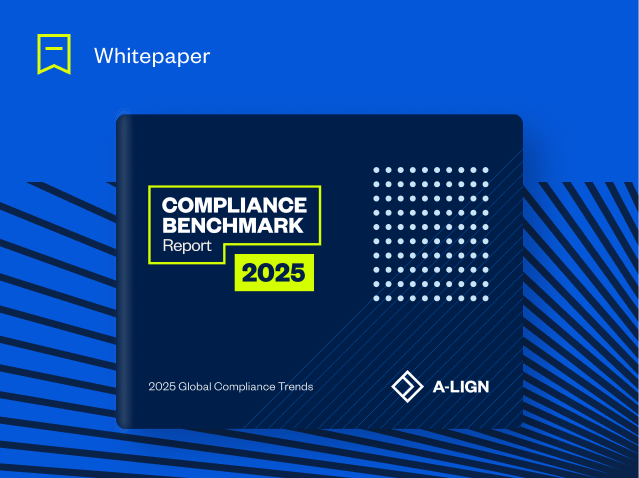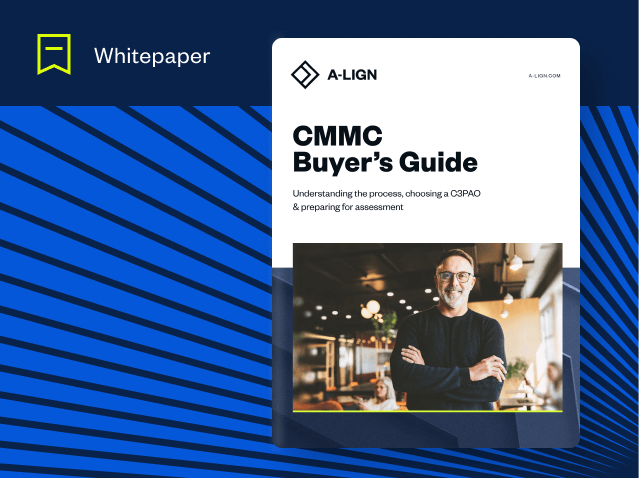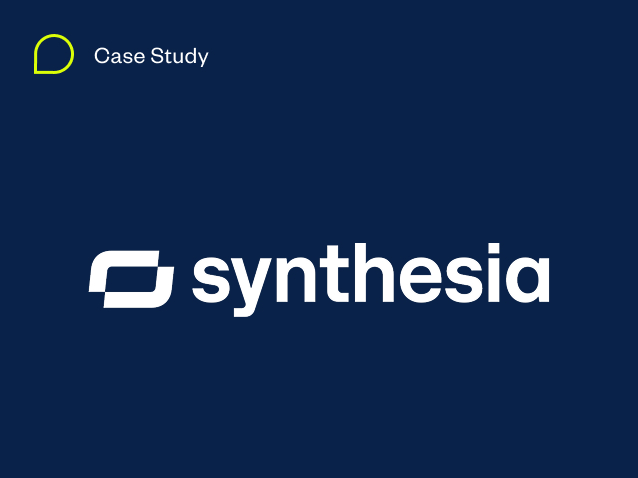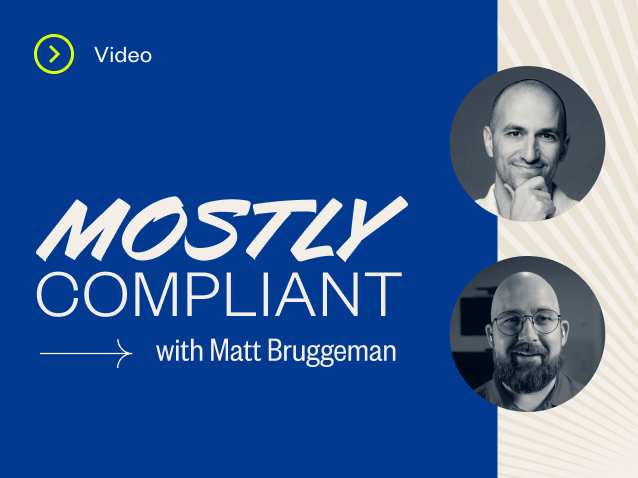Don’t Wait: The Risks of Putting Off Your SOC 2 Audit
For fast-growing businesses, an audit or certification process may be the last thing on the list of priorities and action items. However, compliance with leading regulations, policies, and frameworks is crucial to continued expansion and success.
In today’s highly competitive, mobile, global, and remote business environment, cybersecurity is a top concern for businesses and consumers alike. Data privacy and security has never been more important. It’s likely that if your business wants to work with large customers or those in regulated industries, you will be asked to provide proof of your security controls, especially if you operate a cloud or services business.
System and Organization Controls (SOC) 2 is a voluntary framework designed to ensure that organizations are meeting a set of trust services criteria and implementing controls to protect data. The SOC 2 framework is well-known and thorough—and it’s common for partners, vendors, customers, and other business stakeholders to request proof of SOC 2 attestation from organizations. This proof comes in the form of a SOC 2 Type 1 or Type 2 report from a CPA firm.
From startups to more established companies, SOC 2 has many benefits. If you’ve been delaying the SOC 2 audit process, there are business risks you may unknowingly be facing.
Let’s explore a few of those risks—and why you can’t afford to delay your SOC 2 audit much longer.
Risk 1: Less Competitive Position
Without a SOC 2 report, you may lose business to competitors who have gone through the SOC 2 process and can prove their security chops. Organizations that receive a SOC 2 report can display a SOC 2 logo on their website or other materials—sending a message that they’ve successfully completed an audit and are security-savvy.
Many organizations are required by law to ensure the security of their data—or their customers’ data—and will therefore only work with partners and vendors who can demonstrate secure practices and compliance with regulations. Although SOC 2 is not a regulation or a certification, it is a highly respected, rigorous framework. It’s not unusual for customers, prospects, vendors, and partners to ask service providers to demonstrate SOC 2 “compliance,” often when they’re going through the sales process or at renewal time. This means they’re asking for a SOC 2 report—which can only be obtained via examination and attestation through a CPA firm.
Organizations can get ahead of these requests by completing the SOC 2 audit process. A good place to start is a SOC 2 audit checklist to ensure you have everything ready to start an assessment with a reputable partner firm.
Risk 2: Lost or Interrupted Sales
As noted, requests for a SOC 2 report often come during the sales process. At some point, a prospect may ask for your SOC 2 report before moving any further. At best, lack of a SOC 2 report could interrupt the deal, slowing things down. At worst, it will cost your organization the business.
Since SOC 2 is a rigorous framework, it isn’t something that can be completed overnight from one business call to the next. It requires planning, thought, ongoing cybersecurity controls, and the help of an external auditing partner. In short: it’s best to complete the SOC 2 examination process proactively and keep up compliance before it costs your organization revenue.
Risk 3: Lack of Customer Trust
A SOC 2 report sends a signal to customers that your organization takes security—and the protection of their information—seriously. Obtaining a SOC 2 report indicates a level of maturity around technology and business. In order to pass a SOC 2 examination and receive a letter of attestation successfully, it means an organization is addressing controls in areas including:
- Access control
- Passwords
- Change management
- Incident response
- Logging and monitoring
- And other critical areas of data protection
Without a SOC 2 attestation from a licensed CPA, customers have no way of verifying that their trust is being well-placed. And without trust, it is very difficult to do business.
Risk 4: Vulnerability to Security Threats
One of the most valuable outcomes of pursuing a SOC 2 attestation is improving and maintaining the strength of your own organization’s cybersecurity posture. SOC 2 is comprehensive and covers a wide range of controls, such as those listed above.
Of course, a SOC 2 report does not itself ensure security or assure ongoing compliance. But the controls required to pass an audit—when properly implemented and continuously used—greatly reduce risk to the organization. Each of these controls individually won’t fully protect your company, but, in combination, these elements create a much stronger shield against hackers and other threats (including insider threats from employees, trusted vendors, and others).
It’s also important to point out the value of having security controls audited by a certified, independent firm that specializes in cybersecurity assessments. When internal security teams—or cybersecurity vendors/providers like a managed security service provider (MSSP)—grade their own security controls, there is an inherent bias. Implementation teams have inside knowledge that external, third-party auditing firms don’t. It’s possible for these teams to make assumptions or miss problems because of this knowledge—an independent firm avoids this natural conflict of interest and gives you (and your customers) confidence that the validation process is unbiased.
SOC 2: A Business and Security Advantage
Putting off a SOC 2 audit can hold organizations back in the long run by impacting their competitiveness, slowing the sales process, and more. For organizations looking to compete in today’s security-aware business climate, SOC 2 compliance is a must-have—so don’t delay, and start your SOC 2 journey today.
